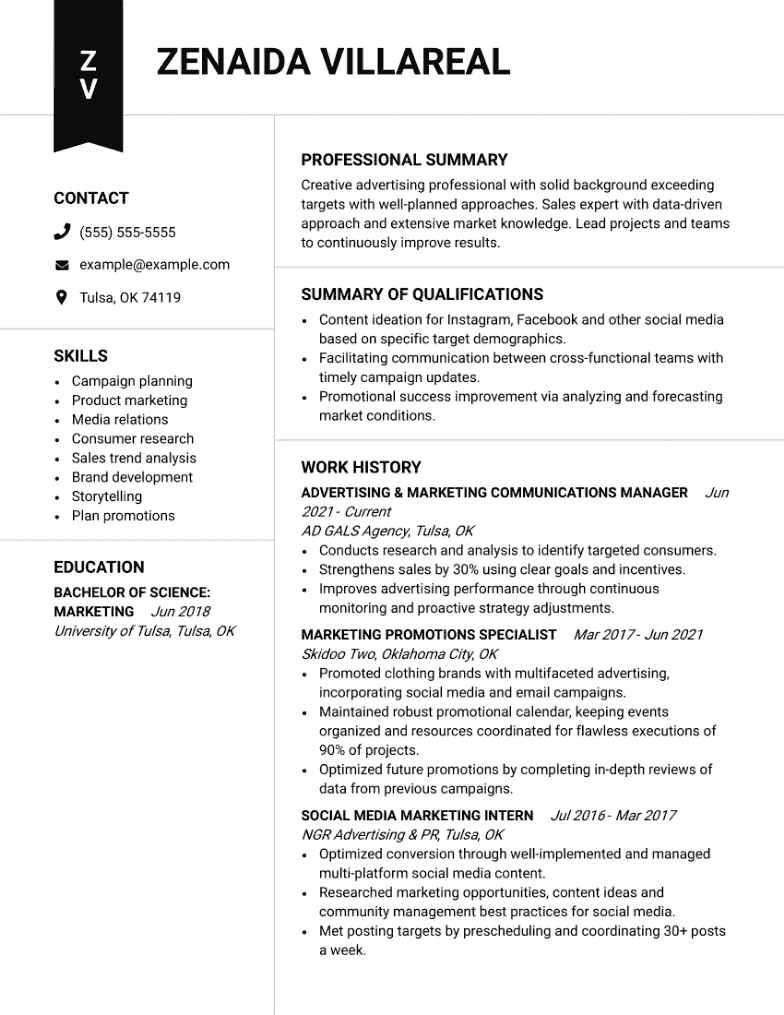First off, only reference your high school graduation if you have no other education. Even then, it might be worth it to leave it off. People don’t really care about your high school graduation or your high school GPA; they just care that you graduated or got your GED. If you don’t have a college degree, don’t worry about filling out the education section.
One type of education you can definitely reference is certifications in areas that are important to what your current work is all about. If you have a number of certifications, you may want to create a new category under skills (titled “Certifications”) where you can showcase all of those credentials. The recruiter who reads your Resume will be grateful to see you have documentation that backs up your skills.







